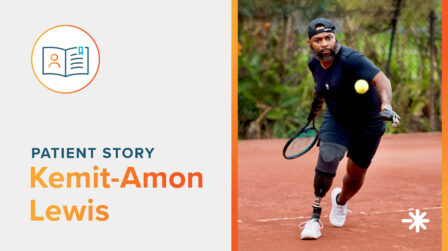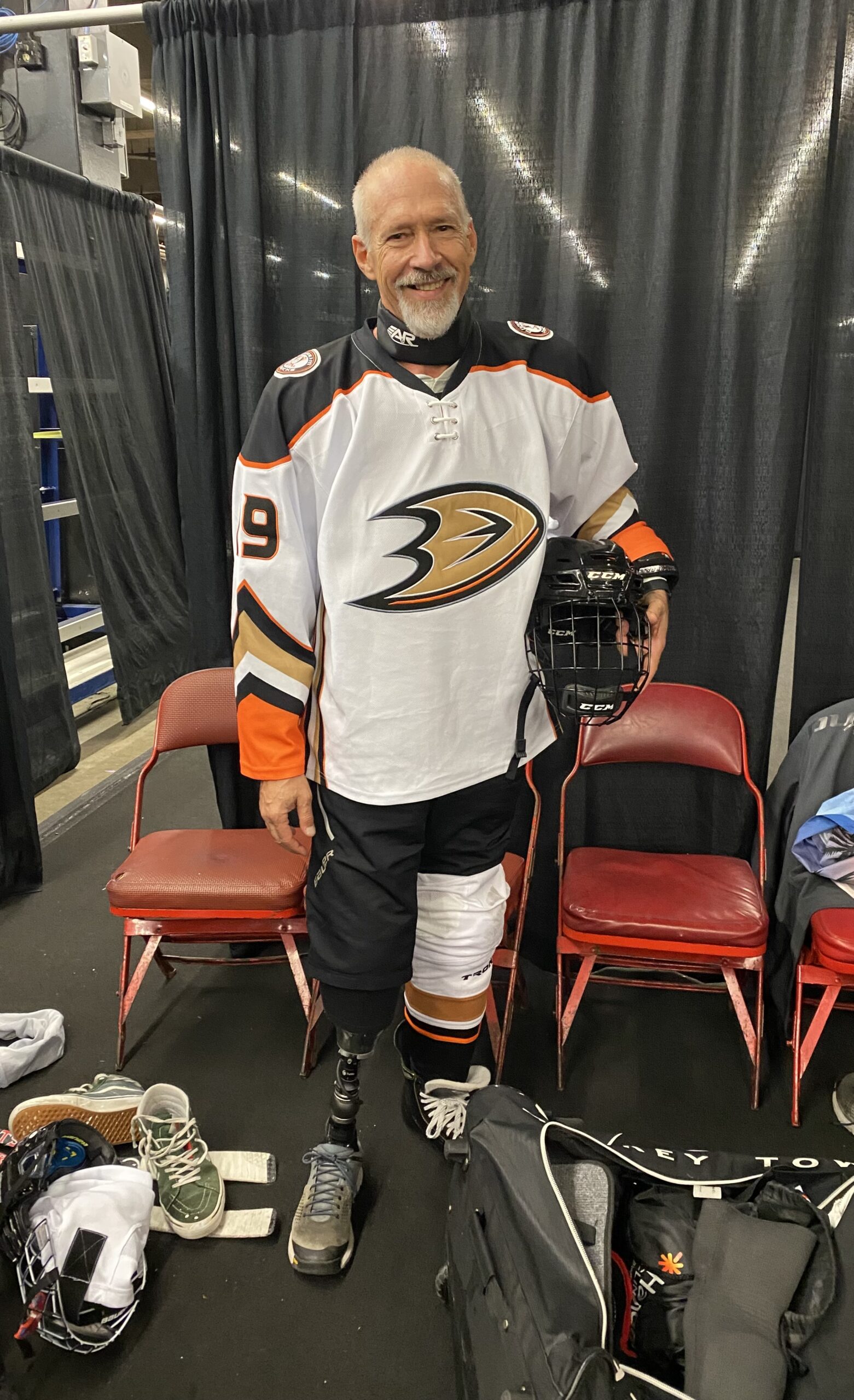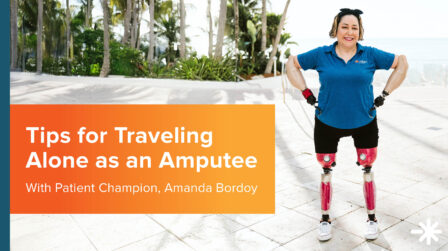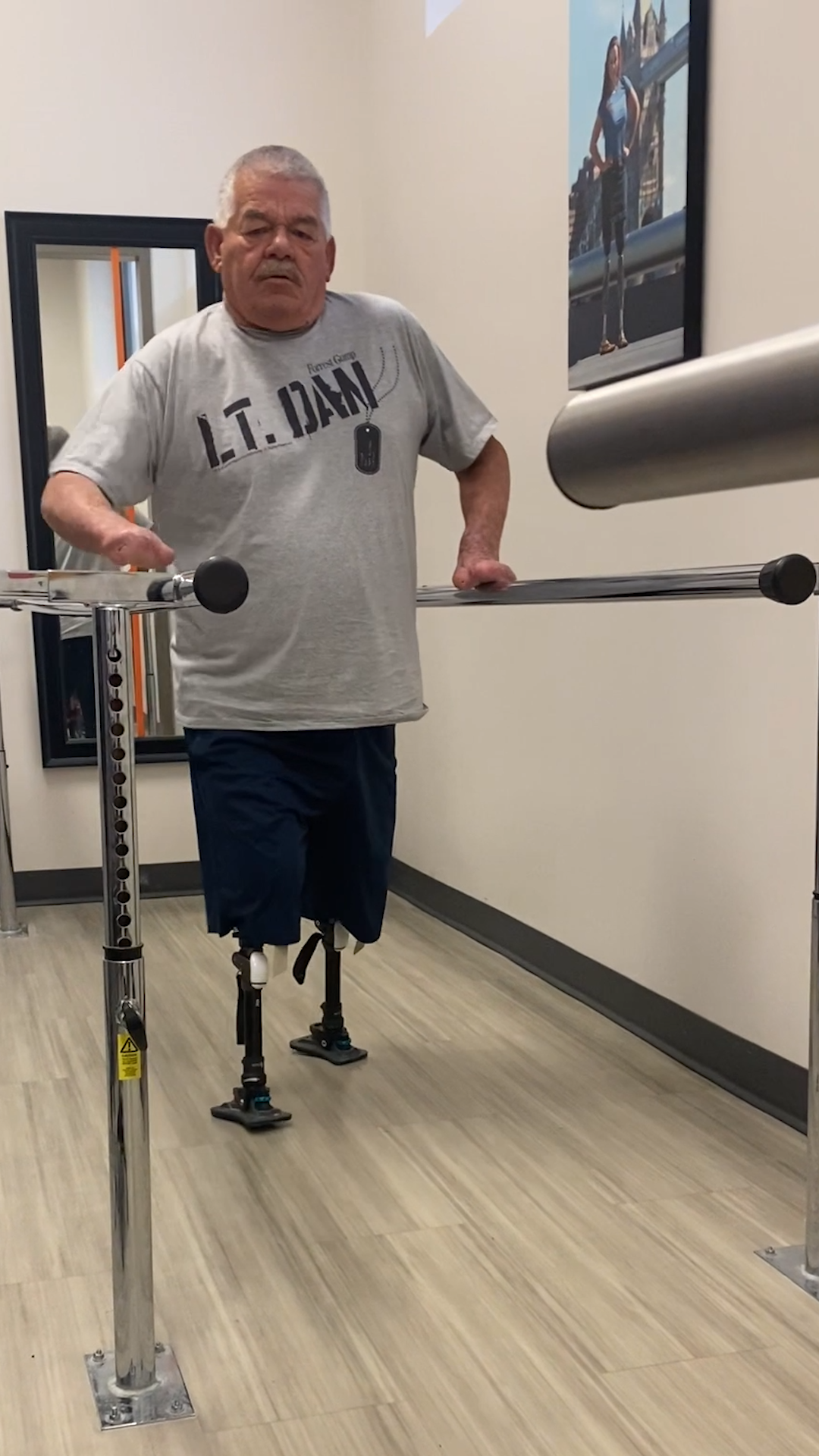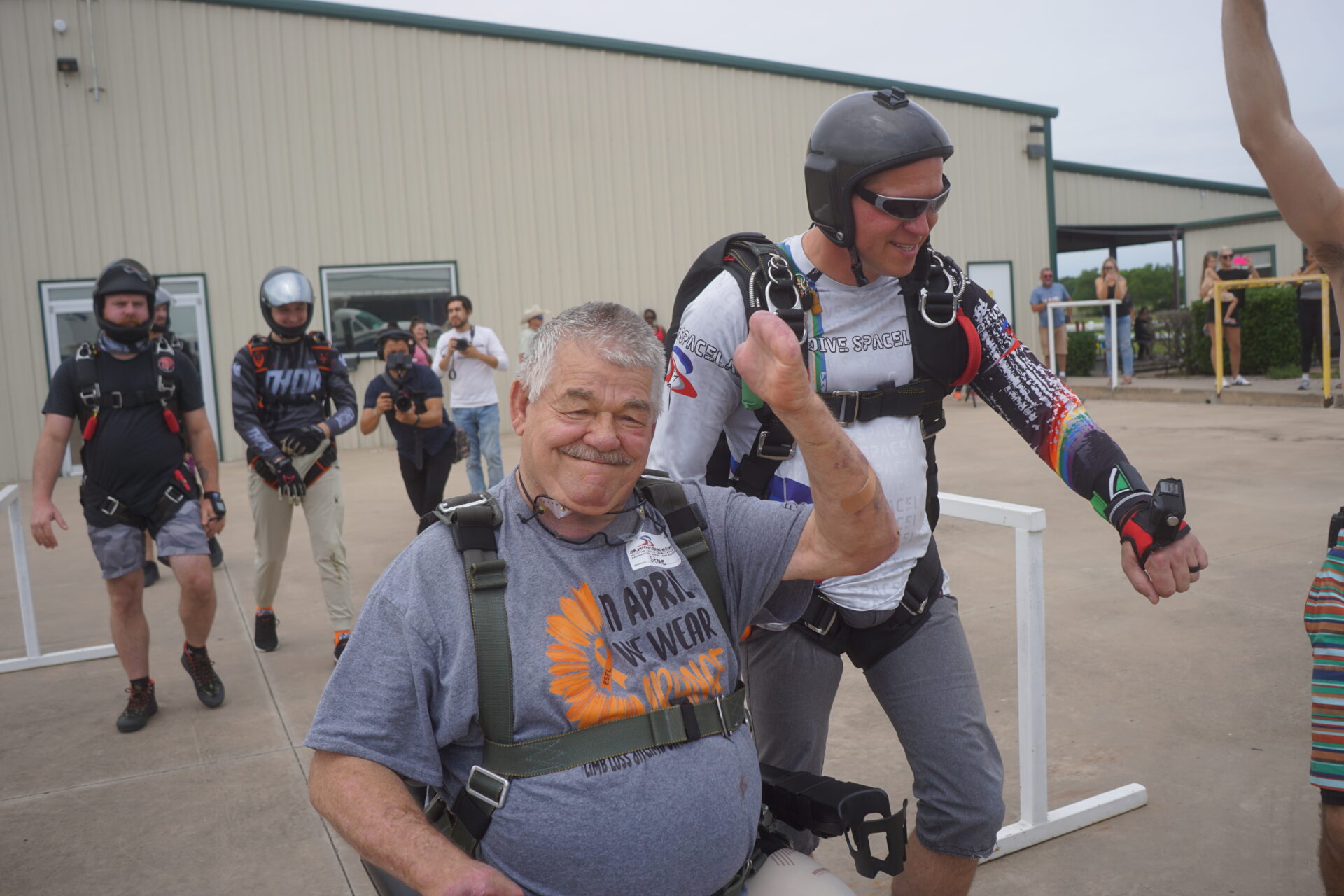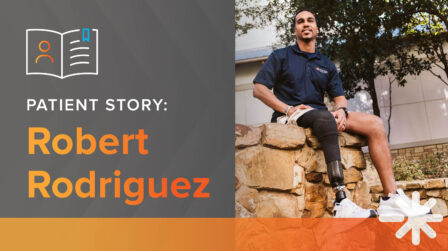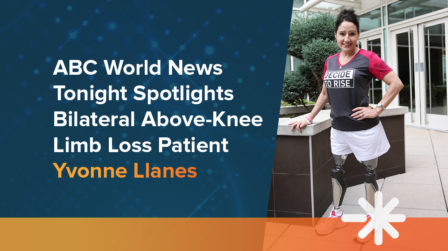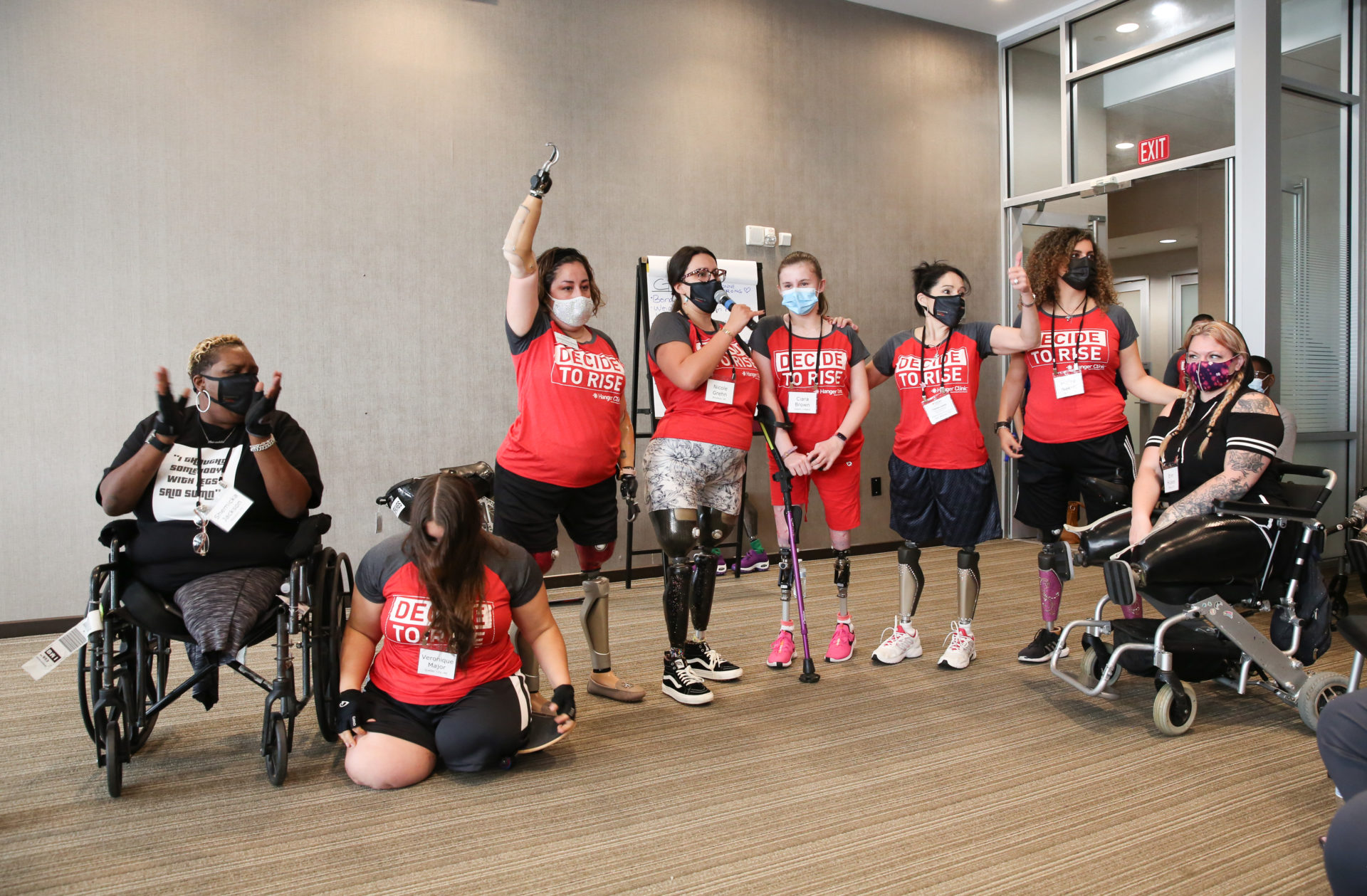Growing up in Saint Croix, Kemit developed a passion for the ocean and tennis. Despite the life-altering challenges he faced due to multiple amputations from septic shock, Kemit’s determination and the use of prostheses have allowed him to reclaim his passions and inspire others with his journey.
Childhood in Saint Croix
Kemit grew up on the island of Saint Croix in the US Virgin Islands. He loved the ocean, and his family would swim, snorkel, and spend the entire day on the beach.
“I still remember my first time seeing dolphins, turtles, and reefs. I became interested in ocean conservation at a young age and wanted to become a marine biologist,” said Kemit.
Around middle school, he quickly fell in love with tennis, which became a big part of his life. He loved the geometry used on the court, the mental toughness needed for the game, and that it is an individual sport, so the outcomes all came down to him and what he could do with the racquet.
“I was determined to have a career in ocean conservation and was able to go to Saint Croix Central High School, where they had a marine science program. There, I also learned to dive and discovered I enjoyed dancing. Diving became a big part of my life and career at The Nature Conservancy, where I was diving four to five days a week. I have had the opportunity to dive in many Caribbean countries and around the world and to share best practices for coral reef preservation,” said Kemit.

Facing a New Reality
In July 2020, Kemit went to dinner with his dad. He wasn’t feeling well that night and went home early. By five o’clock the next morning, he and his closest friend, Karisma, arrived at the emergency room.
“They checked his vitals and realized the situation was worse than we thought. He needed to be airlifted. That’s when the longest night of our life began. His hands had no life, I had never seen anything like that,” said Karisma.
Kemit was in an induced coma for two weeks.
He recalls, “I was told that I had gone into septic shock. I ended up receiving several amputations to save my life: my right hand at the wrist, left fingers and part of the left thumb, right leg below the knee, and left toes. I remember that, in the rehab hospital, I had written on my board that my biggest fear was not getting back to everything that I love.”
Embracing Life with Prostheses
Kemit was very strong and healthy. He wanted to return to the life he loved. He decided to embrace prostheses and use the technology and tools available to him.
“Prostheses allow me to get out of a wheelchair and walk, run, dance, play tennis, and dive again.
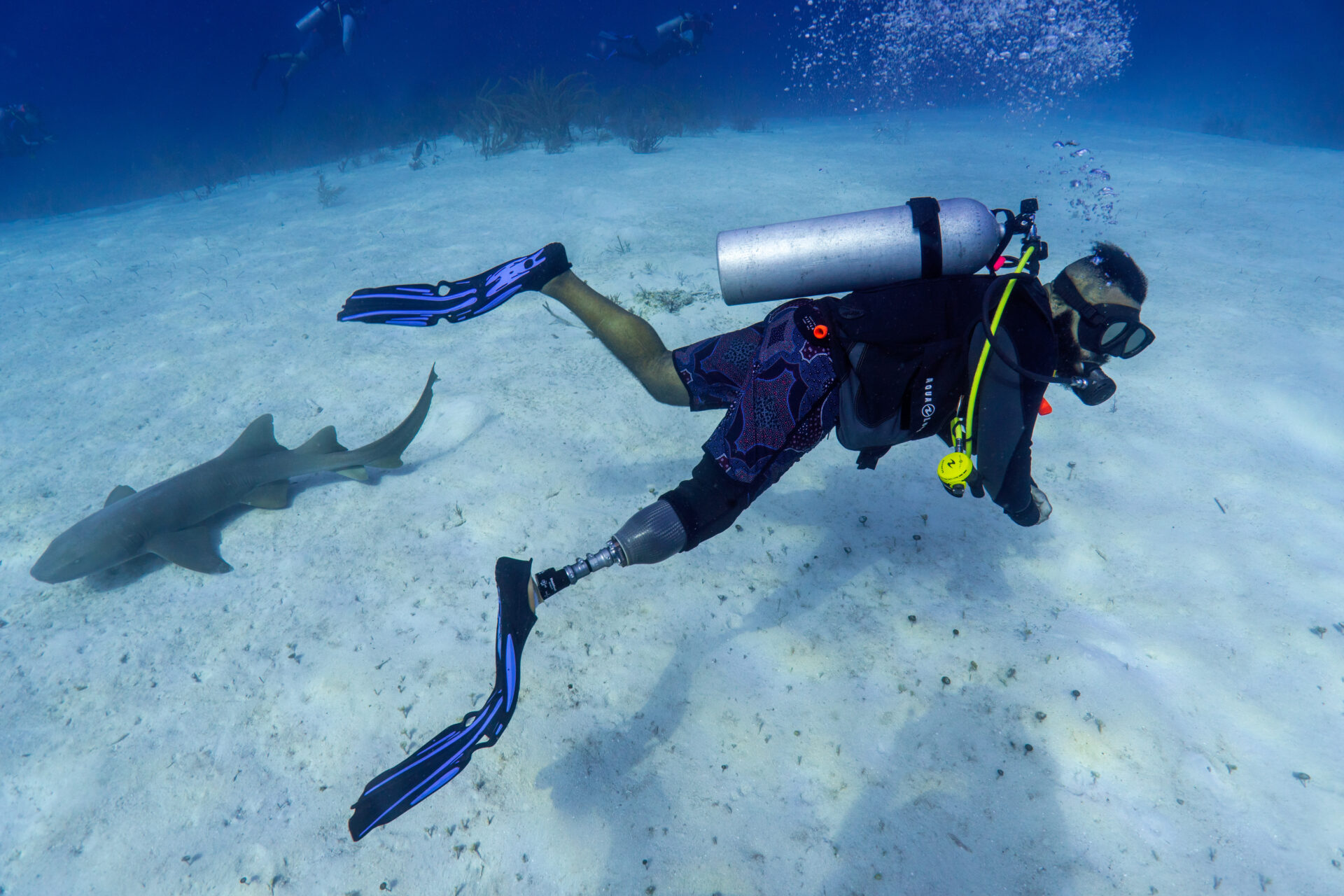
With my different levels of limb loss and types of amputations, I use a variety of prostheses, from shoe fillers to my upper limb prosthesis, below-knee prosthesis, running blade, prosthetic diving leg, and prosthetic tennis racquet.
Brett, my Hanger Clinic prosthetist, has been crucial in supporting me and providing me with the tools to return to the activities I love. We have become close, like family. He listens and hears what I need. I was also fortunate to have the opportunity to work with the engineers at Wilson Sporting Goods to help design a stronger and better-structured prosthetic tennis racquet. People really care about improving our quality of life,” said Kemit.
Hanger Clinic prosthetist Brett Rosen, L/CPO, shared, “Kemit came to us and really wanted to take things to the next level. I was fortunate enough to grow up in this field. I had a dad who owned a private practice and experienced throughout my life how the prosthetic field helps to give someone their life back. It was a rewarding opportunity to help Kemit get back to the courts and be able to play tennis at a competitive level.”

Encouraging Others to Thrive
“I love being challenged or pushed and doing something outside the box that hasn’t been done before. Life goes on after amputation, and I want others to know that, too. I love that tools have been built for me that allow me to be just as independent as I was in the past.
I started by relearning to walk again, completing tasks at home, and taking care of myself. Now, I am able to travel, walk through airports, live independently, and return to the activities I love. The tools, support, and resources are there; don’t be intimidated to ask for them and enjoy the activities you love,” shared Kemit.
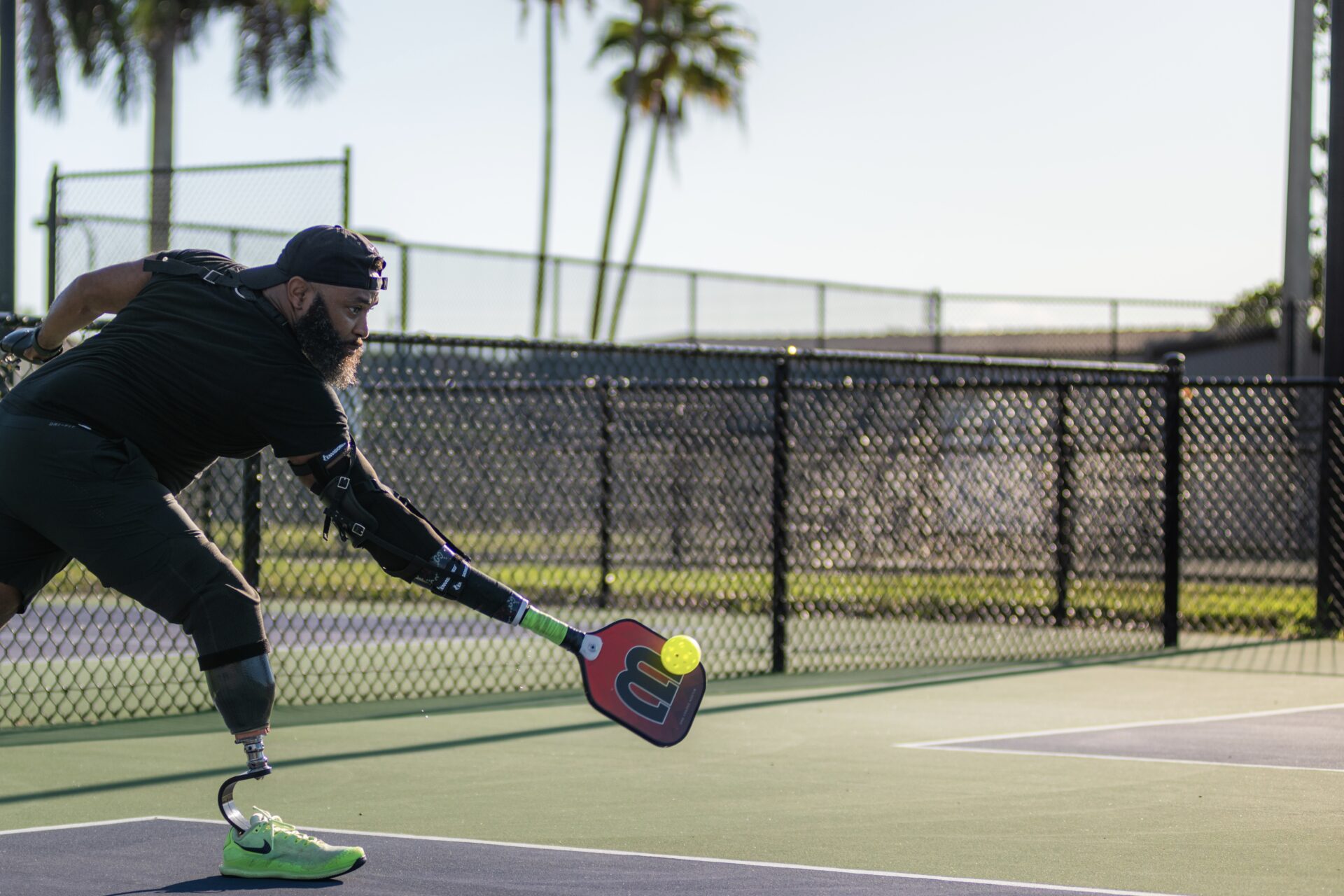
Request a Free Evaluation
If you or someone you love is looking for personalized care following amputation, get in touch with a board-certified prosthetist at a Hanger Clinic near you.
